Why we need rewilding
In rewilding lies a powerful solution to some of today’s biggest global issues, from tackling the climate crisis to reversing biodiversity loss to building communities. Here are seven ways rewilding can help.
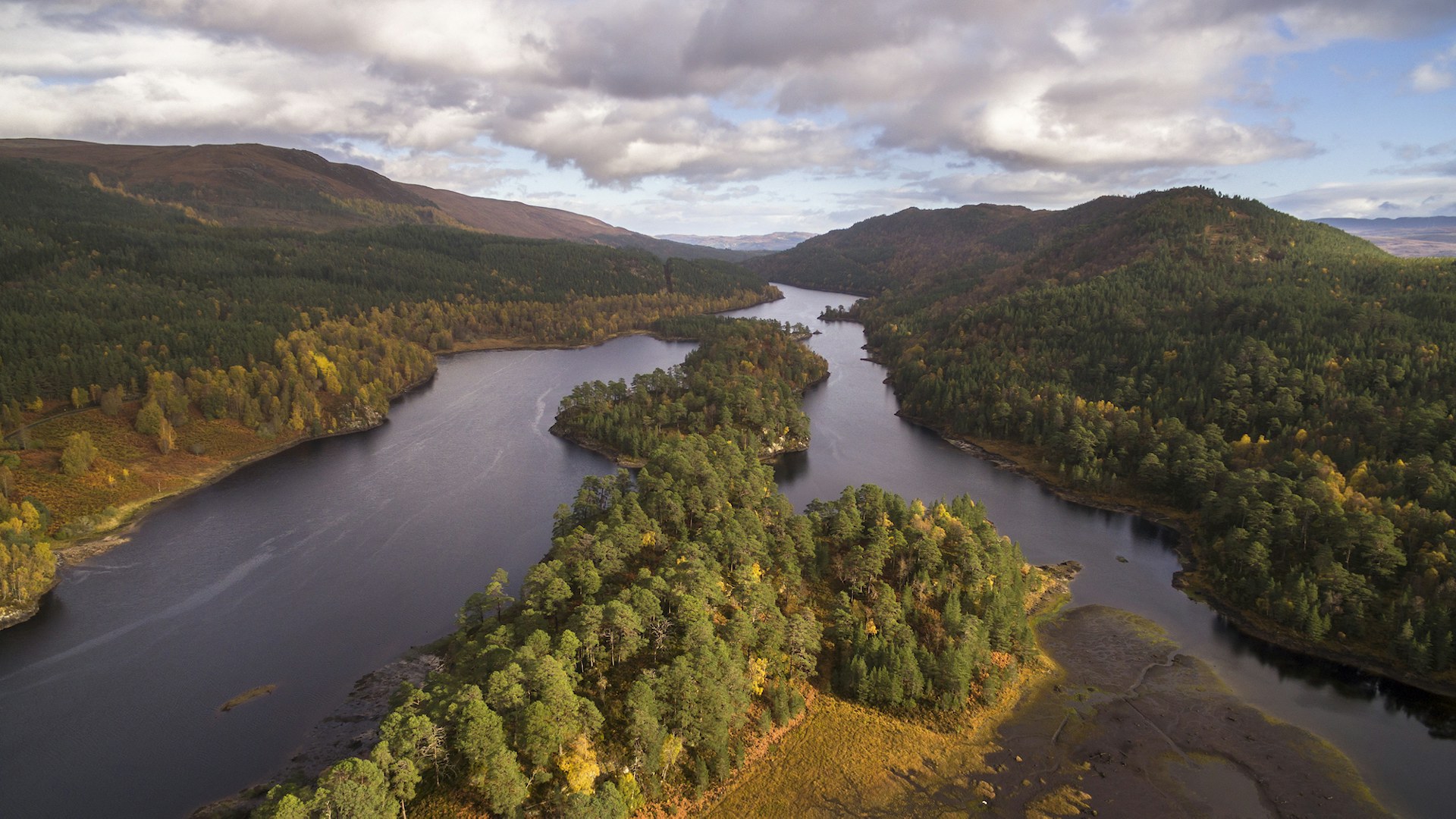
What is rewilding and what can it do for the world?
Rewilding is the large-scale restoration of ecosystems to the point where nature can take care of itself. It seeks to reinstate natural processes and, where appropriate and when the time is right, reintroduce missing species – allowing them to shape the landscape and its habitats. Rewilding offers hope and the opportunity to give nature (and us) a fighting chance – bringing it back to life, saving wildlife, tackling climate breakdown, and benefiting people and communities. It’s about moving from nature protection to recovery and restoration.
Seven ways rewilding can help
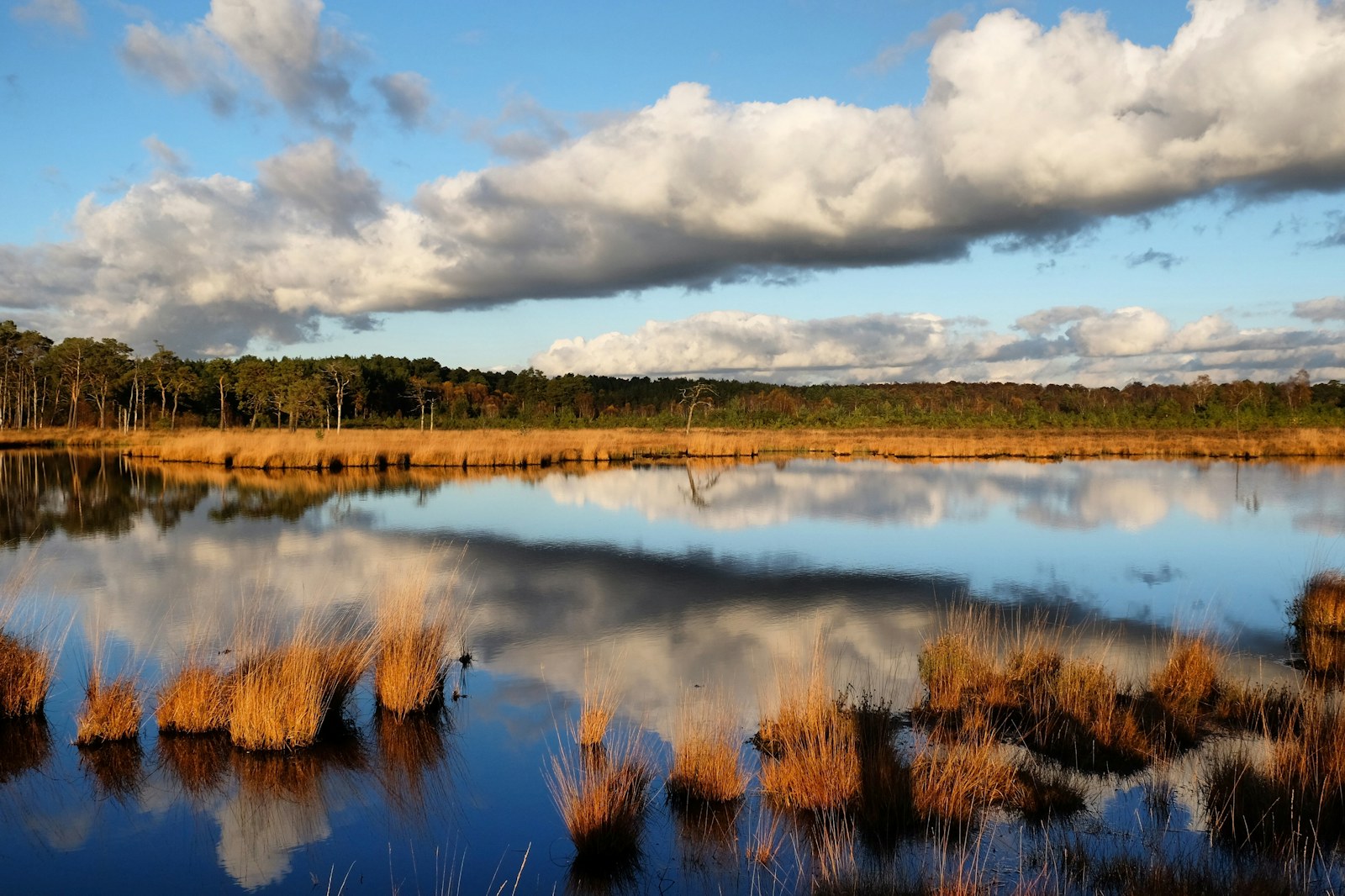
1. Help fix the climate crisis
Nature is our best ally in the fight against climate change. Trees, peatlands, saltmarshes and other ecosystems are perfectly adapted to soak up carbon dioxide and store it. If only we had more of them.
Did you know? 12% of the UK’s greenhouse gas emissions could be captured by restoring and protecting native woodland, peatlands, heaths and species-rich grasslands over 30% of Britain. At Steart Marshes restored wetlands are estimated to have stored over 18,000 tonnes of carbon over a four-year period.
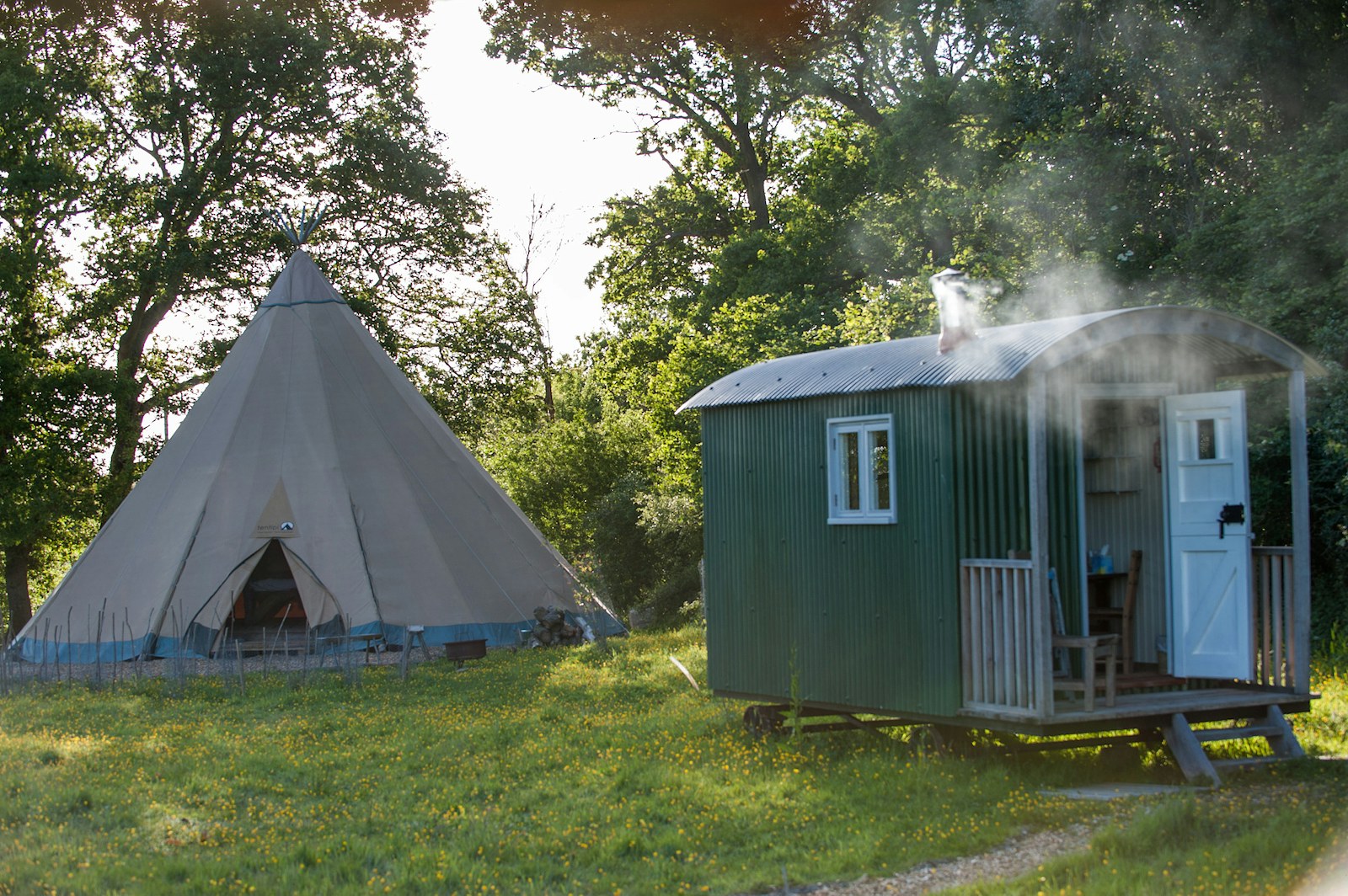
2. Support local economies
Rewilding land and seas can create a thriving ecosystem of employment – from restoring naturally-flowing rivers to mixing livestock management with wildlife guiding, to running community activities. And of course that means more people visiting the area to see the resurgent wildlife, enjoy eco-tourism experiences, and spend their money in local cafes, pubs and shops. Dig into Nature-Based Economies.
Did you know? Projects led by Rewilding Network members in Scotland have seen a fivefold increase in jobs since rewilding began, and in England and Wales they’ve doubled. [1]
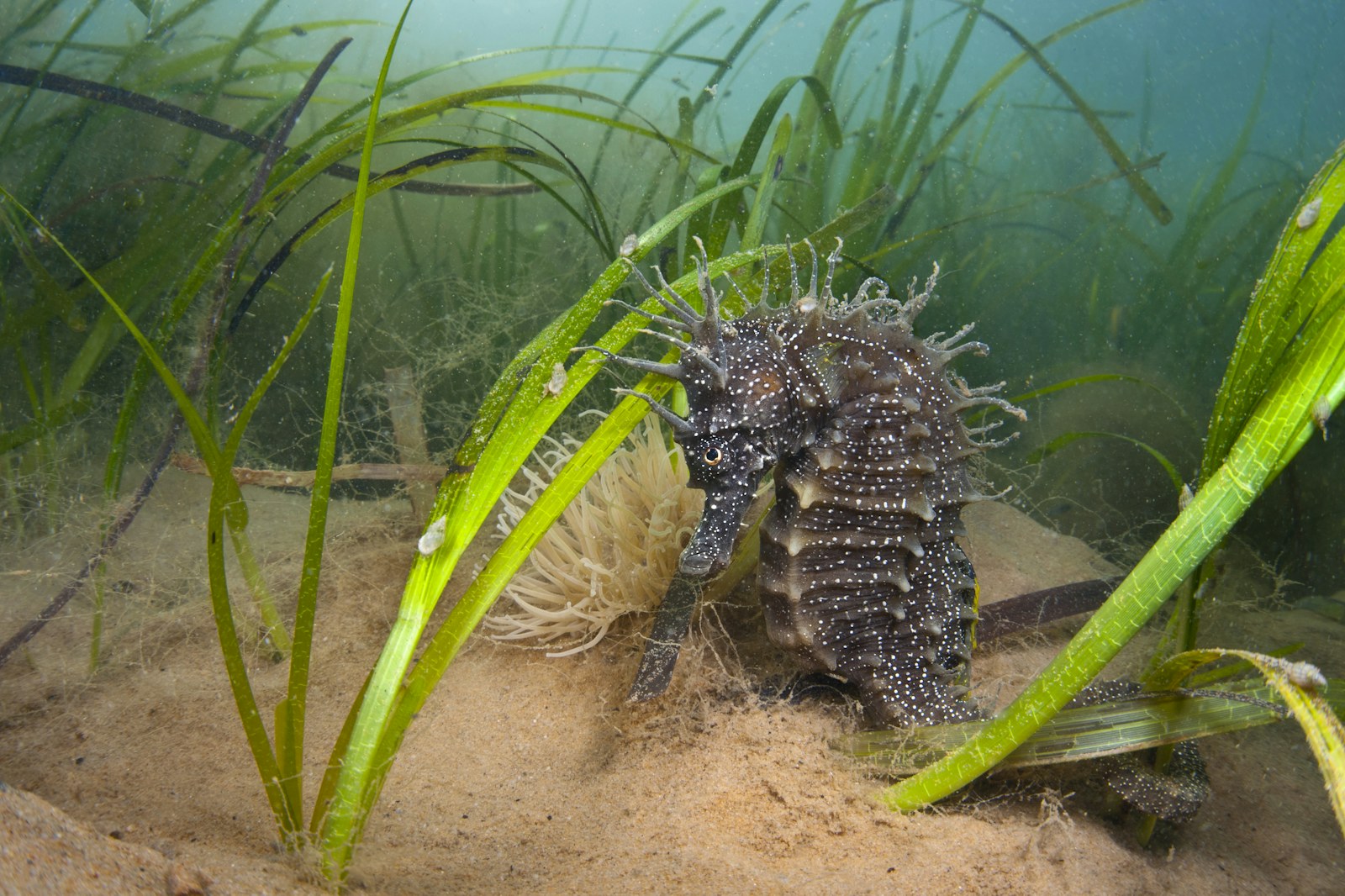
3. Reverse biodiversity loss
By allowing diverse habitats to re-establish themselves, from woodland to seagrass meadows to peatland to scrub, we can give wildlife a chance to bounce back. Even better, if we connect these restored ecosystems up, species are able to move as the climate changes, saving many from extinction. Find out how.
Did you know? 56% of Britain’s species are in decline and 15% threatened with extinction. Yet in places where nature has been allowed to return, species are burgeoning. At Dundreggan, in the Highlands, a former sporting estate where native forest is now recovering from centuries of intensive grazing, over 4,000 species are now found, including golden eagles.
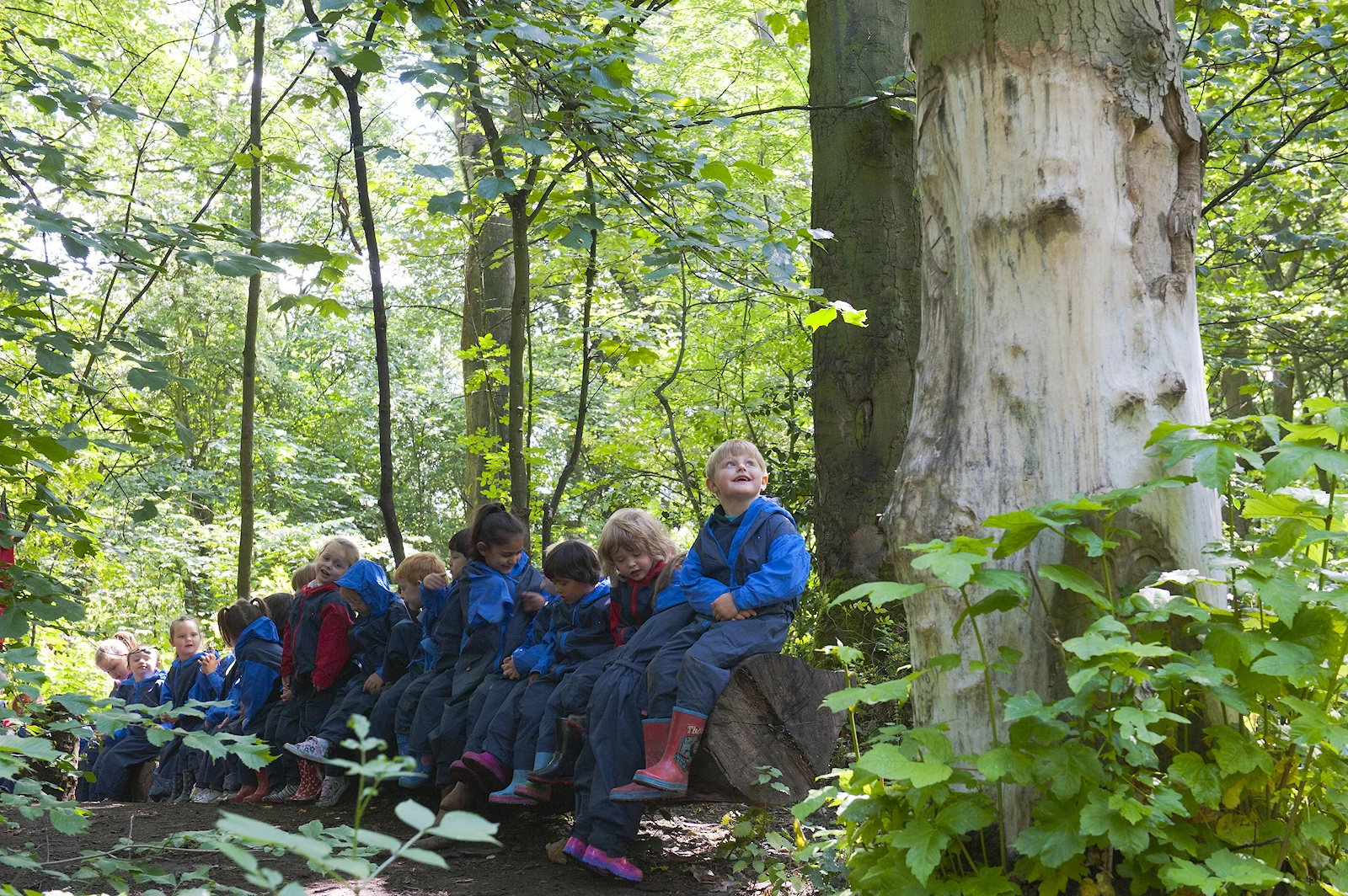
4. Improve our health and wellbeing
Rewilding isn’t just about benefiting wildlife, it’s very much about people. Restored natural landscapes are key to our health and wellbeing, giving us a peaceful place to escape, an open-air gym to take exercise, an outdoor classroom for children to learn, and a way to connect with others.
Did you know? Health care professionals now ‘prescribe’ nature. The growing practice of ‘social prescribing’ refers patients to local, non-clinical services to improve physical and mental health. And it’s happening at Spains Hall Estate, one of the recipients of our Rewilding Innovation Fund.

5. Clean air and water, and create healthy soils
It’s easy to fall into the trap of thinking that a thriving countryside is a‘nice to have’, especially as more of us become urban dwellers. But properly functioning ecosystems directly affect us all. Healthy soils bring us nourishing food, trees help to filter the air we breathe, and unpolluted rivers give us clean water. All things we can’t live without.
Did you know? In Britain only 14% of rivers are in good ecological condition, but reintroducing beavers to the right places can help improve water quality. Studies have shown that beaver dams and ponds can reduce nitrogen pollution in watercourses. Discover more about how beavers help.

6. Strengthen communities
When local people are put at the heart of the process, rewilding has the great potential to unite them in a bold vision for their neighbourhood. It’s not only the process of designing a future together that brings people closer, but the wild landscape itself becomes a place that the community benefits from – giving a sense of ownership and belonging, providing jobs, and offering opportunities for health and wellbeing.
Did you know? In Scotland’s Langholm the community crowdfunded to buy 2,100ha of grouse moor to transform it into a nature reserve. Together they’re protecting and restoring peatlands and ancient woodlands to provide a haven for wildlife as well as a place where people can connect with wild places.
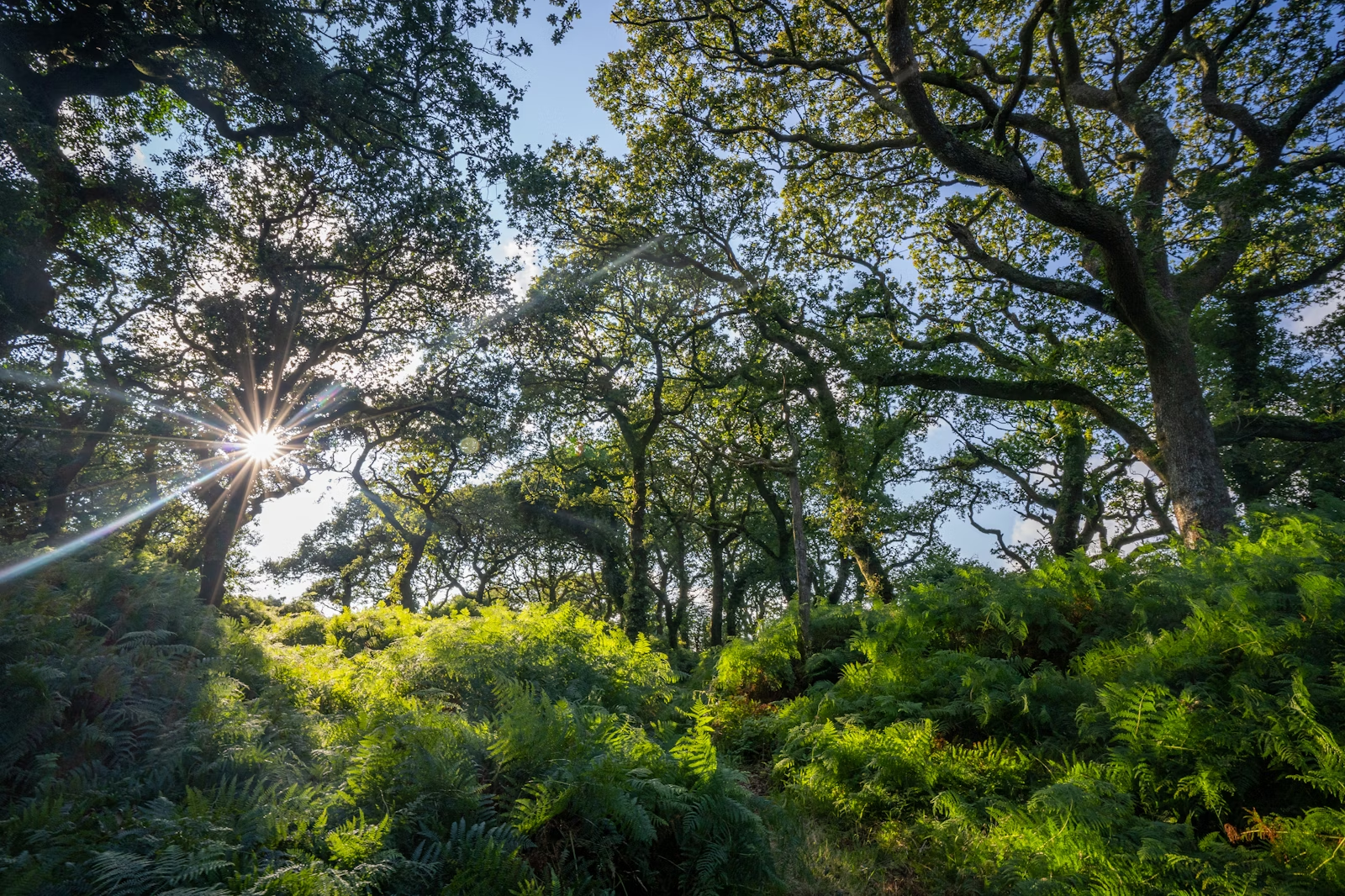
7. Mitigate extreme weather events
Nature is a powerful tool in helping us deal with the effects of climate breakdown. Land that is covered in both native trees and scrub absorbs more water than denuded hills, reducing the risk of flash flooding. Likewise, healthy soils and habitats with a variety of native vegetation are at much less risk of wildfire than intensively grazed grasslands, conifer plantations, and damaged moorlands.
Did you know? Between 2015 and 2021 the UK government spent £2.6 billion on flood defences. Rewilding – by‘re-wiggling’ rivers or introducing beavers in appropriate places – could help us manage flooding at a fraction of the cost. Learn more in our flooding report.
- In Scotland full-time equivalent jobs across the rewilding sites increased from 24 before rewilding to 123, according to our 2024 analysis of 13 major rewilding projects covering almost 60,000ha. In England and Wales, across 59 rewilding sites, full-time equivalent jobs have increased from 162 to 312, an increase of 93%. Data was provided by members of the Rewilding Network with projects greater than 100ha (247 acres). Rewilding began on the sites at different times.
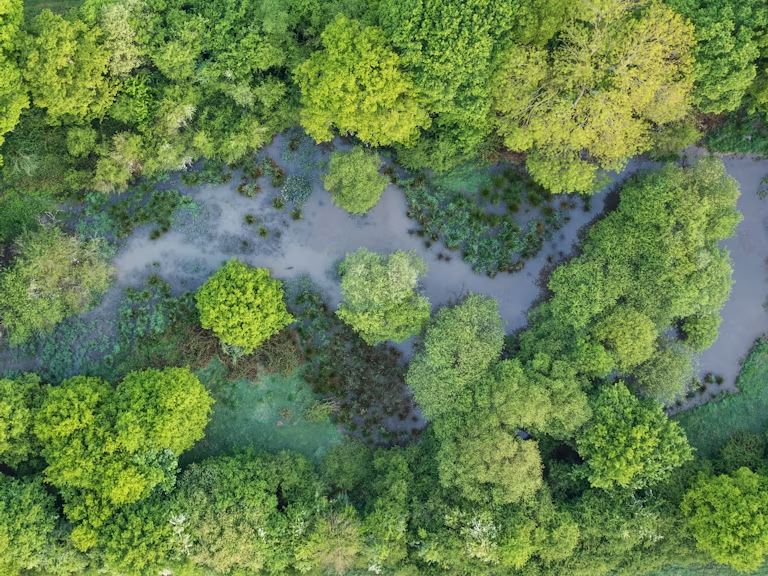
Explore our Rewilding Manifesto
We need UK Government to Think Big and Act Wild for nature, people and planet.
Learn more
Our vision
We have big ambitions. Find out what we’ve set out to achieve through rewilding.
Our 2025-2030 strategy